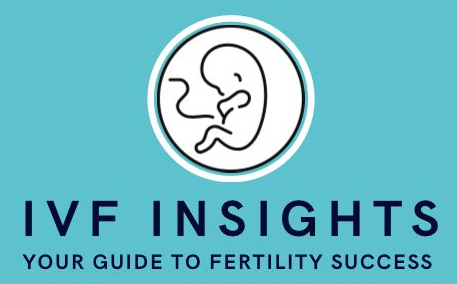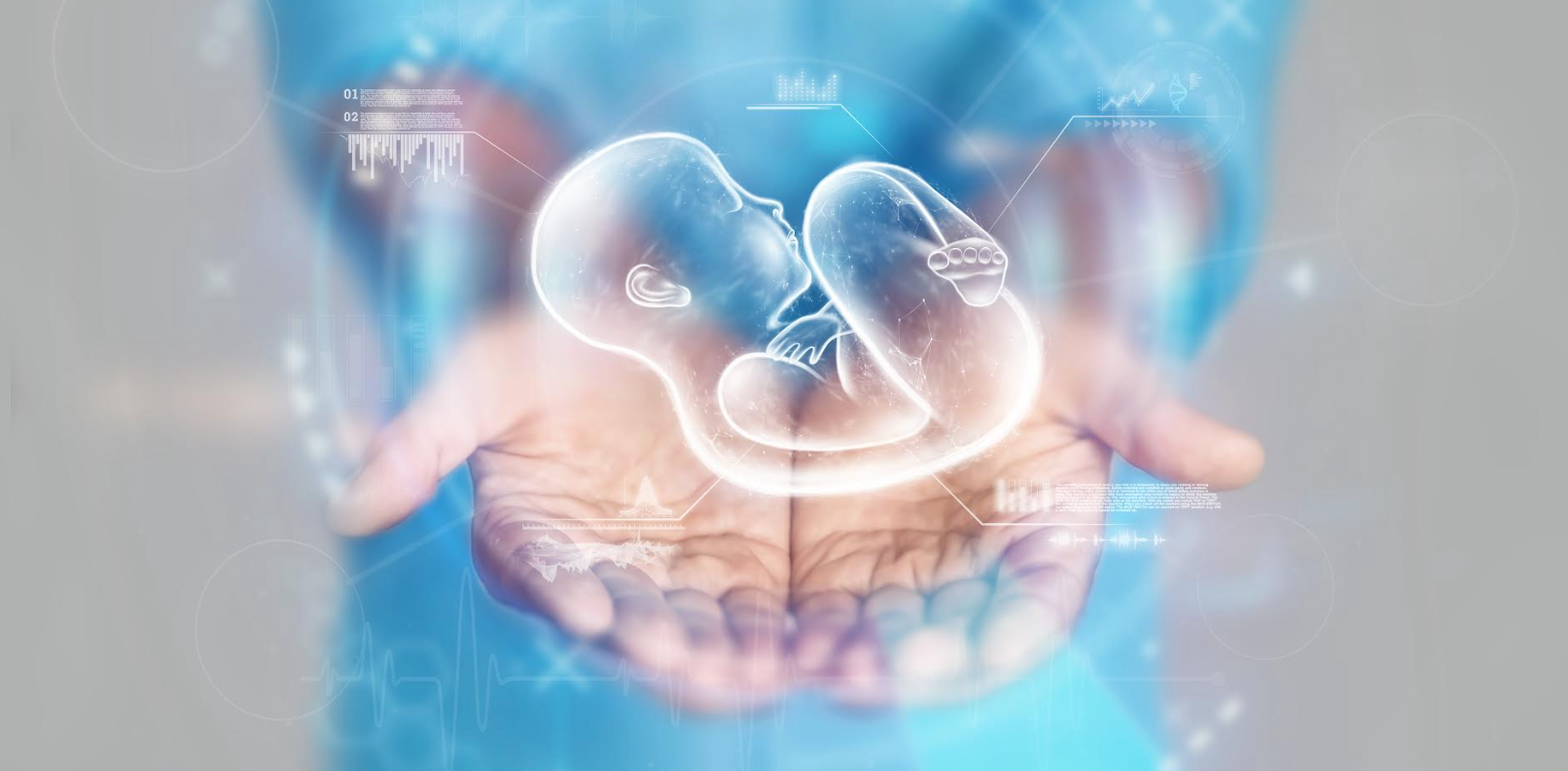
In Vitro Fertilization: The Fascinating Procedure of IVF Explained
How does IVF work? In Vitro Fertilization or IVF is one of the most fascinating and complex procedures in modern medicine. In this article including a video, we will explain the IVF procedure in detail step by step, from the initial consultation to the embryo transfer.
Step 1 IVF procedure: Consultation and Diagnosis
The first step in the IVF procedure is the consultation and diagnosis. During this stage, the fertility specialist will evaluate the patient's medical history, perform a physical examination, and conduct several tests to determine the underlying cause of infertility. These tests may include blood tests, ultrasound scans, and semen analysis for male partners.
You Might Also Like: What's The Best Fertility Diet When Trying to Get Pregnant?
Step 2 IVF procedure: Ovarian Stimulation
Once the diagnosis is complete, the patient will undergo ovarian stimulation to
increase the number of eggs available for fertilization. This is done using fertility drugs, which are injected daily for about 10-12 days. These drugs stimulate the ovaries to produce multiple follicles, each containing an egg.
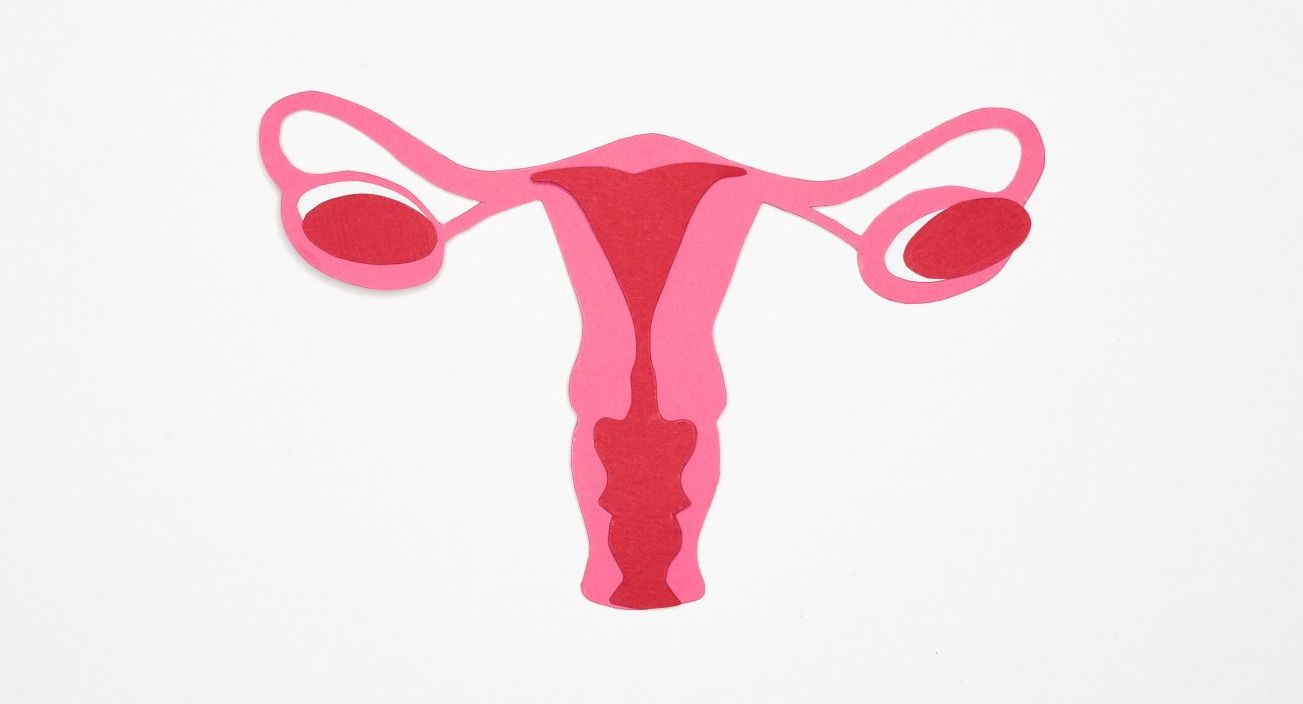
Step 3 IVF procedure: Egg Retrieval
After the follicles have matured, the eggs are retrieved using a procedure called transvaginal ultrasound-guided egg retrieval. During this procedure, the fertility specialist uses an ultrasound probe to guide a needle into the ovaries and
aspirate the follicles' fluid, which contains the eggs.
Step 4 IVF procedure: Fertilization
The retrieved eggs are then fertilized with sperm in a laboratory using one of two methods: conventional insemination or intracytoplasmic sperm injection (ICSI). In conventional insemination, the eggs and sperm are mixed in a dish and left to fertilize naturally. In ICSI, a single sperm is injected directly into each mature egg using a micro needle.
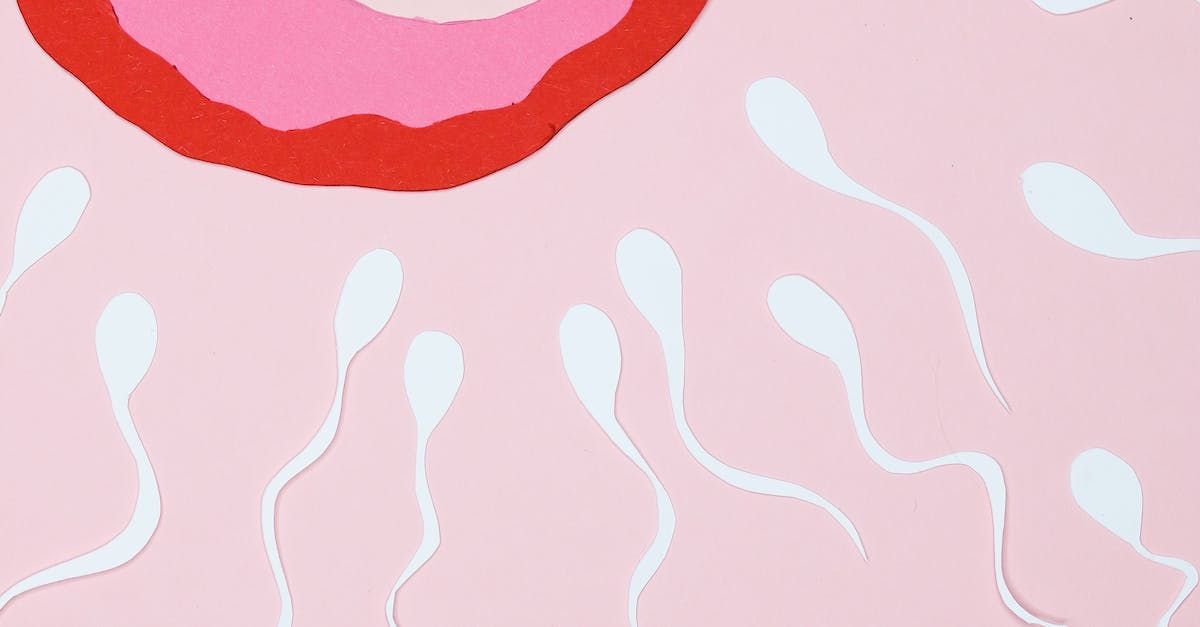
Step 5 IVF procedure: Embryo Culture
After fertilization, the embryos are cultured in a laboratory for 3-5 days to allow them to
develop further. During this time, the fertility specialist will monitor the embryos' development and select the healthiest one or two embryos for transfer.
Step 6 IVF procedure: Embryo Transfer
The final stage of the IVF procedure is the embryo transfer. This involves transferring the selected embryos into the patient's uterus using a catheter. The number of embryos transferred will depend on the patient's age, medical history, and other factors.
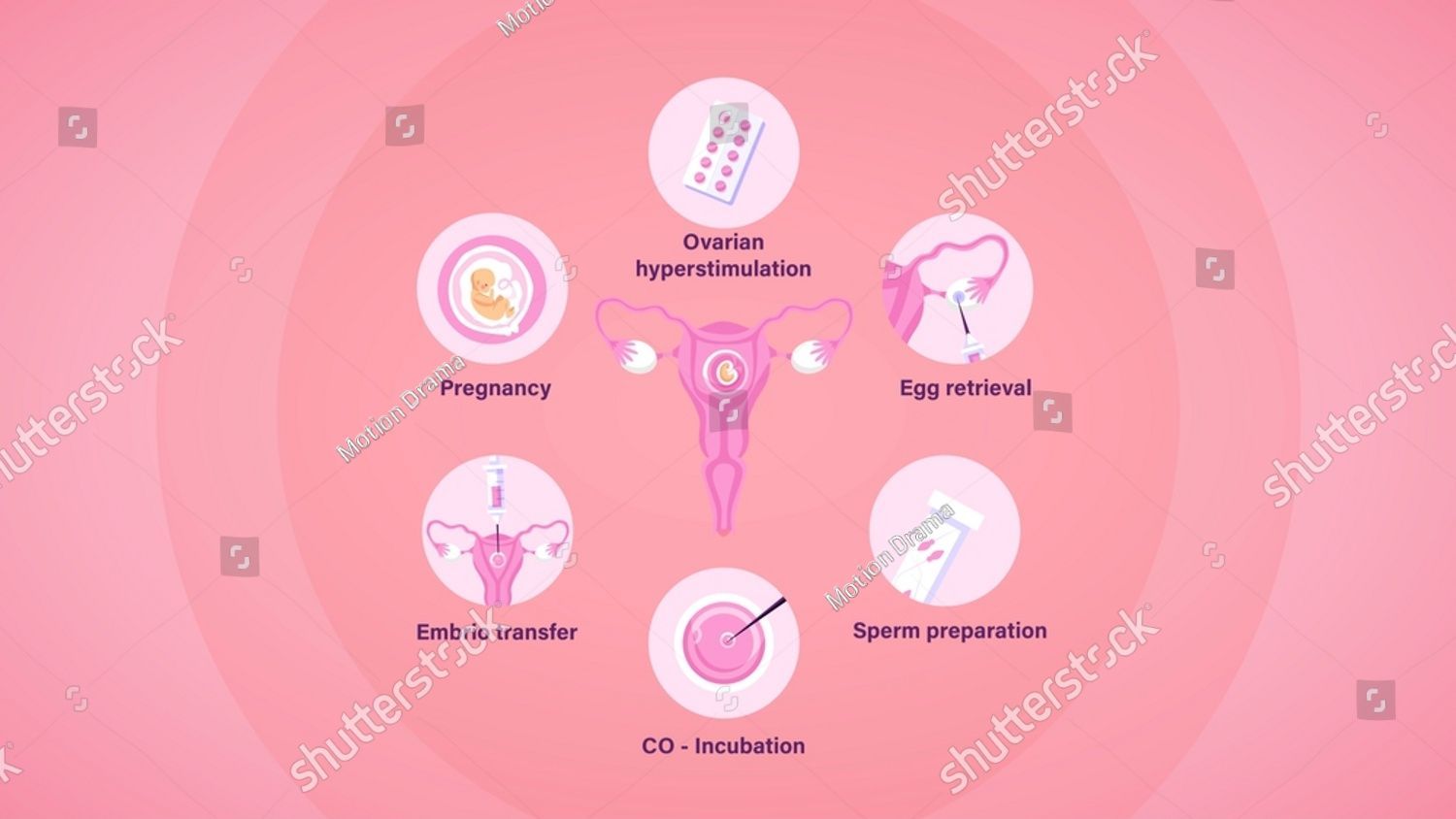
And that's a brief overview of the fascinating process of In Vitro Fertilization or IVF. While IVF can be a complex and emotionally challenging process, it has helped countless couples achieve their dream of having a child. If you have any questions about IVF or infertility, please consult with your healthcare provider.
